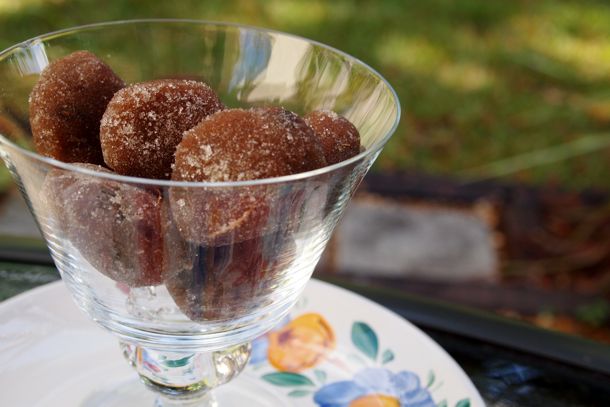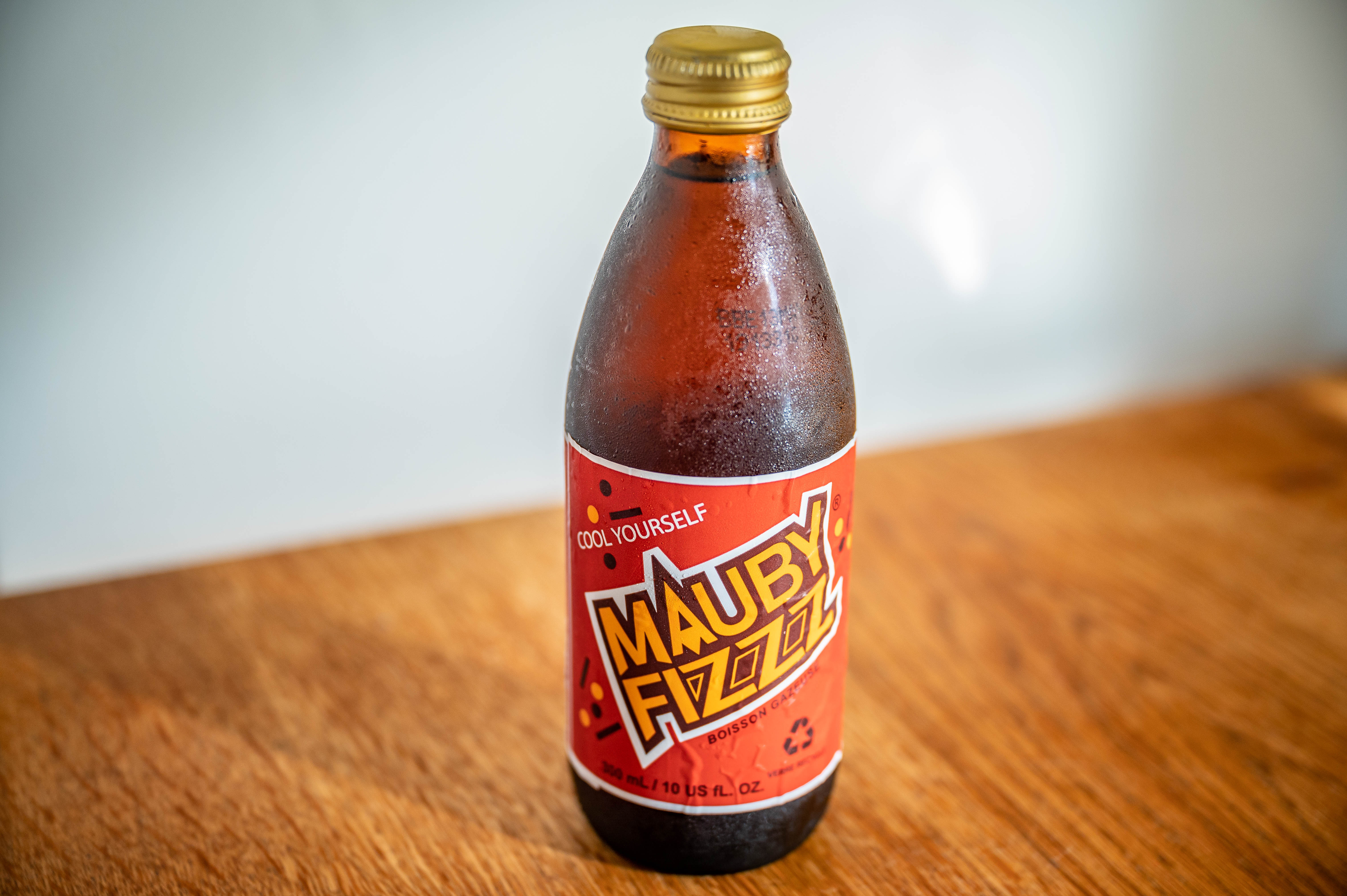Sapodilla – Fruit that Feeds Your Sweet Tooth
My childhood Caribbean diet was big on nature’s candy, but somewhere along the way, my body started rejecting a lot of the raw-ripe stuff. Still, sweets-lovers like me need tropical fruits, of course, and on a recent visit to Tobago I found one that sounded perfect for me: Sapodilla.
It’s super, super sweet… like cotton candy… syrup… brown sugar… or a caramel-covered pear.
Indeed, that’s how the Tobagonians I spoke to described the taste, though there’s much more to this uncommon fruit and its tree…
About Sapodilla
First, a bit of background: Sapodilla trees (member of the family Sapotaceae) are actually slow-growing evergreen trees originating in Mexico. But they’ve expanded beyond their Central American home—now you can find them all over the West Indies, as well as other warm-weather climes like Florida India, Thailand, Philippines, etc.
The Sapodilla tree can grow as tall as 100-feet high. Conversely, their flowers, seen year-round, are small. Eventually, those little flowers transform into sapodilla fruits which are technically berries and about the size of a small pear or potato—think 4-5 inches long with brown skin. In some areas, the trees even bear fruit twice per year.
The unripened fruit I encountered in Tobago were still a couple of weeks from being ready to pick, according to my Tobagonian friends, and I was there in mid-January.
Health Benefits
Now, Sapodillas may be as sweet as candy, but unlike the not-so-good-goodies most kids crave, these treats also carry a bunch of bonuses for your health and wellness. For instance, unripened fruit can be boiled to extract tannin, which can be taken to treat diarrhea, coughs, or colds. More widely, a pain-relieving paste is produced from the seeds that’s apparently great for all sorts of stings and insect bites.
How to eat sapodilla
Harvesting Sapodilla and getting the fruit ready to eat is a bit of an art. Once ripened, the fruit is still too hard to eat, so you have to store ’em properly around room temperature in order to achieve the soft sweet center that’s the whole draw.
Lots of different methods are employed to do so. Some people place their Sapodilla in brown paper bags, or wrap them up in clothes and tuck them away in a closet to speed along the process. I’ve even read that in The Bahamas people bury their Sapodilla in the ground for a number of days until the sapodilla is ready!
Still, how do you know when to pick ’em?
Two factors: 1) the skin is brown, and 2) the fruit must separate cleanly and easily from the tree. By cleanly, I mean that when you pick it, you shouldn’t see any white latex stuff oozing out of the stem…not that the white ooze is a bad thing… In fact, if you like chewing gum, that white ooze was once a very, very good thing.
Sapodilla Gum
It’s called chicle (also known as chicozapote or chikoo), and yes, there is more than a bit of a coincidence between it and the Chiclets brand of chewing gum so many of us know and love. This same chicle tree sap is the stuff from which chewing gum was originally made. These days gum manufacturers use synthetic rubbers like styrene-butadiene and polyethylene in place of chicle because it’s cheaper, but the base material for old school gum came right from these trees, earning Sapodillas the nickname: chewing gum tree.
So you see, there’s candy-like sweetness in the fruit, and the sap of this uncommon fruit tree – a truly sweet treat, both inside and out!
With all the nuances involved in picking and ripening Sapodillas, you’re not likely to try them during a quick trip to the Caribbean the same way you could just pick mangoes and enjoy a free lunch or breakfast. Better bet: see if you can buy a couple at a local market, or ask around at local restaurants.



